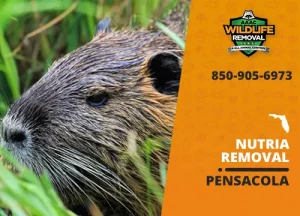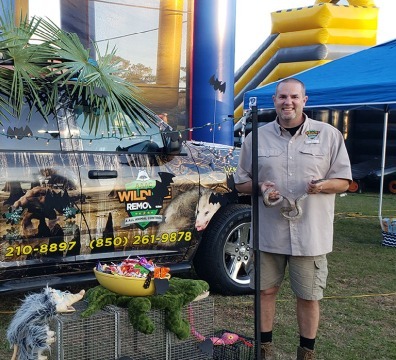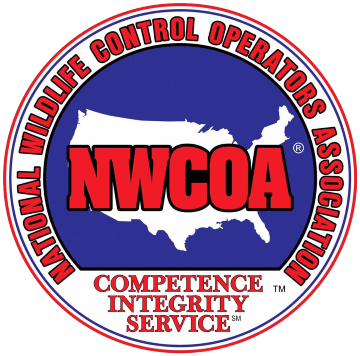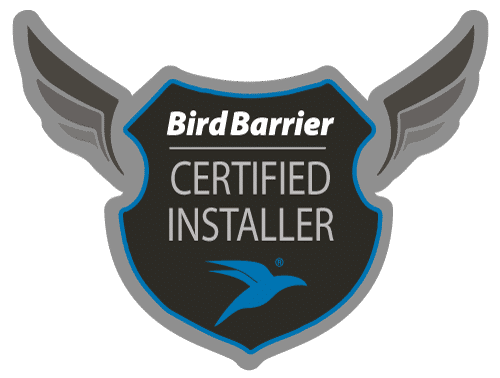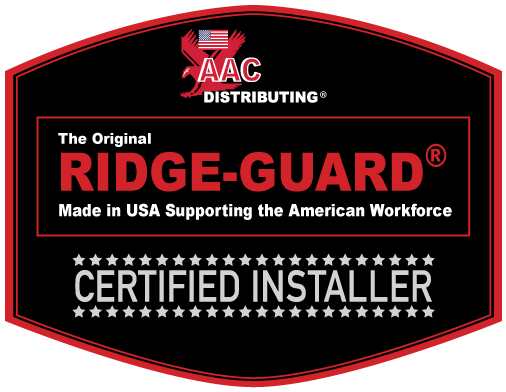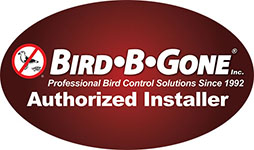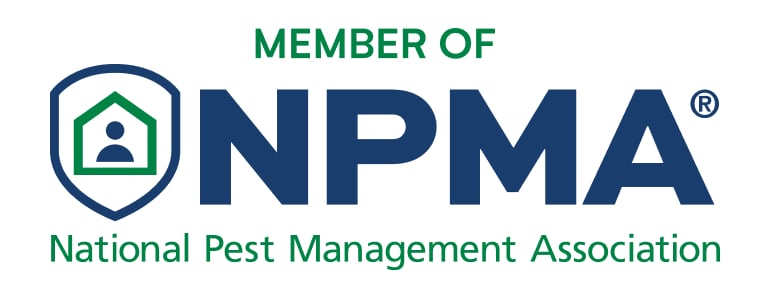Have you noticed large messy areas of half-eaten stems and tops of new growth on the water’s surface somewhere on your property? Or maybe some erosion on the stream bank and a couple of holes in the dirt? You might need a professional to confirm your suspicion, but you may have a nutria.
This invasive species of semi-aquatic rodents from South America is also known as a river rat and is easily mistaken for a muskrat but is larger and can wreak havoc on your vegetation, soil structure, and crops.
Nutrias Cause Erosion
The most noticeable damage by a nutria in the short term is the mess of vegetation they leave after they eat. But the biggest problem comes from their burrowing habits. They will penetrate into dikes and damaged irrigation systems. Riverbanks can erode from all the vegetation they eat and the six-foot-deep holes they dig. It may be that you have a dock that is sinking where the nutrias have burrowed into the styrofoam floats.
Nutrias and Vegetation
Nutrias also feed on farm crops such as wheat, corn, barley, oat, rice, and sugarcane. On residential properties, they will also do a number on your garden, bulrushes, and cattails, and they may girdle your trees.

Nutria Waste and Diseases
Nutria urine and feces can contaminate your ponds and marshes and may carry tapeworms, nematodes, blood flukes, and other parasites.
Nutrias can also carry diseases that can be transmitted to humans and pets, like tuberculosis and septicemia.
Nutria Trapping and Removal
In many states, nutrias have legal status as a furbearer. This means some laws determine the rules for nutria trapping. Nutrias should be euthanized in most states and may be classified as prohibited aquatic animals.
When you require nutria removal, it is best to contact a wildlife expert as nutrias are wild animals and will defend themselves if you attempt to trap them yourself. Our AAAC Wildlife Removal specialists have the proper-sized traps and will operate within state laws.

Nutria Exclusion
One way to minimize the need for nutria removal is to make sure your property is not attracting them. Well-drained yards with limited dense vegetation will not encourage nutria populations. If needed, a nutria control program should be specific to the area and vegetation being destroyed.
Near lakes and ponds in the winter is a good time to begin a nutria control program. Baiting and trapping are part of an effective control program.

